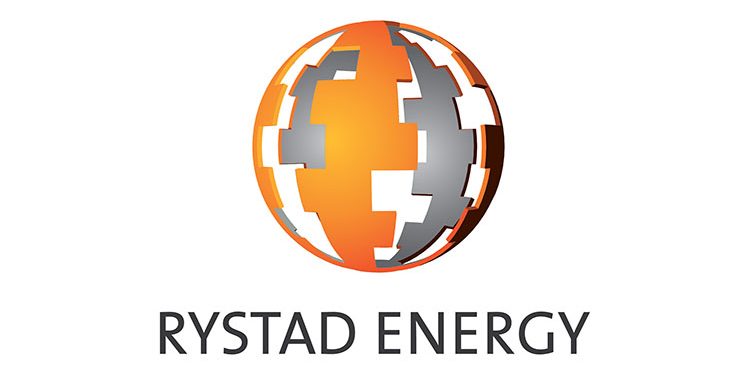Oil Prices Rise on Bullish US Developments, Despite SPR Draw Possibility – Rystad Energy Oil Market Notes
The overall bullish environment continues to boost oil prices today, shrugging off the bearish possibility of a US intervention on the physical oil market with the release of strategic petroleum reserves.
Biden’s infrastructure bill is a strong oil demand signal for the future and the lifting of US travel restrictions is also supporting oil prices today.
The publication of the STEO is usually a non-fussed about industry-specific data release, but today it becomes a hinge on which the Biden administration will use to justify their promise to use tools at its disposal to lower the burden of high gasoline prices being passed onto the consumer.
High gasoline prices are often politically unpopular, so a Biden intervention to appease the American consumer is politically logical but may not have a lasting fundamental physical impact on oil prices.
Any release from the US SPR, although it would likely have a temporary bearish effect on prompt prices, is not a lasting solution for an imbalance between supply and demand.
It will also be up to individual refineries whether or not demand signals justify increasing utilization rates, otherwise the high-price environment may relegate any SPR release into commercial storage.
If the goal is to ease gasoline prices in the short-term, there is no quick fix, as SPR volumes only include negligible volumes of refined fuels.
The last major release from US SPRs occurred in September 2021 in response to fuel shortages in the wake of Hurricane Ida, as the stockpile, a series of caverns on the Texas and Louisiana coasts, is generally deployed in response to petroleum supply disruptions.
Any release from the SPR would likely have a localized impact only and affect mostly US-based crudes, such as the flagship WTI benchmark.
The voyage time from the US Gulf Coast to Europe is around 20 days, and to reach Asia nearly 60 days. In addition, any oil drawn from strategic reserves would have to be pulled out of caverns at 2,000 to 4,000 feet below the surface and then sold into the marketplace, a process that takes multiple weeks until physical volumes hit physical markets in the US.
In terms of volumes to release from strategic storage, the maximum effective drawdown rate of the SPR is technically 4.4 million barrels for up to 90 days, but in a 2016 report, the US Department of Energy concluded that the maximum drawdown rate could in fact be much lower (2 million bpd lower) than the 4.4 million bpd maximum.
The US has already committed itself to releasing SPR volumes from 2022 onwards. According to the Bipartisan Budget Act of 2018, enacted in February 2018, the US government will sell 30 million barrels over the four-year period of fiscal year 2022 through 2025, 35 million barrels in fiscal year 2026, and 35 million barrels in fiscal 2027.

